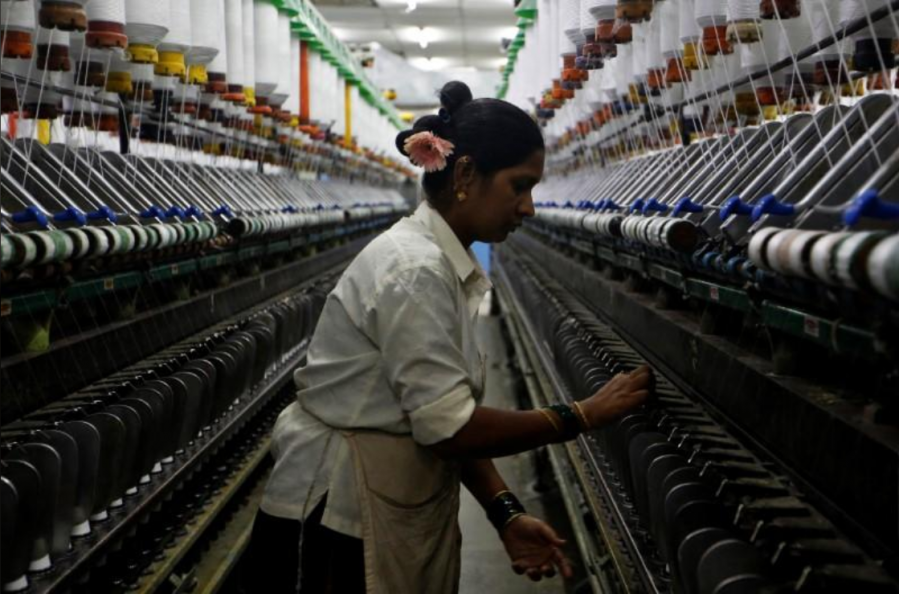Continued innovation and training of a skilled labor force are necessary for India’s global textiles sector to move forward.
Those were the key messages from a mega textile event organized by the Textile Association of India’s South India Unit in Coimbatore on December 15-16. The event was attended by some 600 delegates from the textile industry, most of whom were technicians and engineers who exhibited keen interest to learn new developments in the industry.
The conference was organized in Coimbatore after 25 years as a way to boost confidence among the textile industry stakeholders stated Mr. K. Gandhiraj, Honorary Secretary of the South India Unit of Textile Association, India.
In the face of threats from the IT sector in attracting highly qualified engineers, a message of optimism was provided to the attendees and next generation workforce. The textile industry needs a qualified and skilled workforce to help innovate new technologies and products, stated industry leaders who participated in the event.
In addition to competing sectors, competition from low wage countries was also felt by delegates who attended the event.
The sharing of timely and relevant information, including growth prospects, is much needed, stated Mr. R. Seenivasahan, Vice President (Technical) of Sri Kannapiran Mills Ltd. Mr. S. Sivakumar, Executive Director of Sabari Textiles, Pvt. Ltd., added that quality and productivity have to be improved to make India’s industry competitive with the high productivity from developing nations. These facts were confirmed by Mr. E. Mounagurusamy, Coimbatore-based industry veteran, who has been in the textile industry for 50 years.
Improving training, maintaining standard procedures substantiated by documentation and diversification of the textiles sector were key points discussed in the two-day event.
An interesting aspect of the conference was a debate on the usage of the term “technical textiles.” A simple and new classification was suggested for non-commodity industrial textiles, grouping them as 1) consumer products, 2) institutional products and 3) government-regulated products such as defense textiles.
The Textile Association of India has about 23,000 members, who are technocrats and engineers representing various segments of the textile industry.
Πηγή: Cotton Grower

